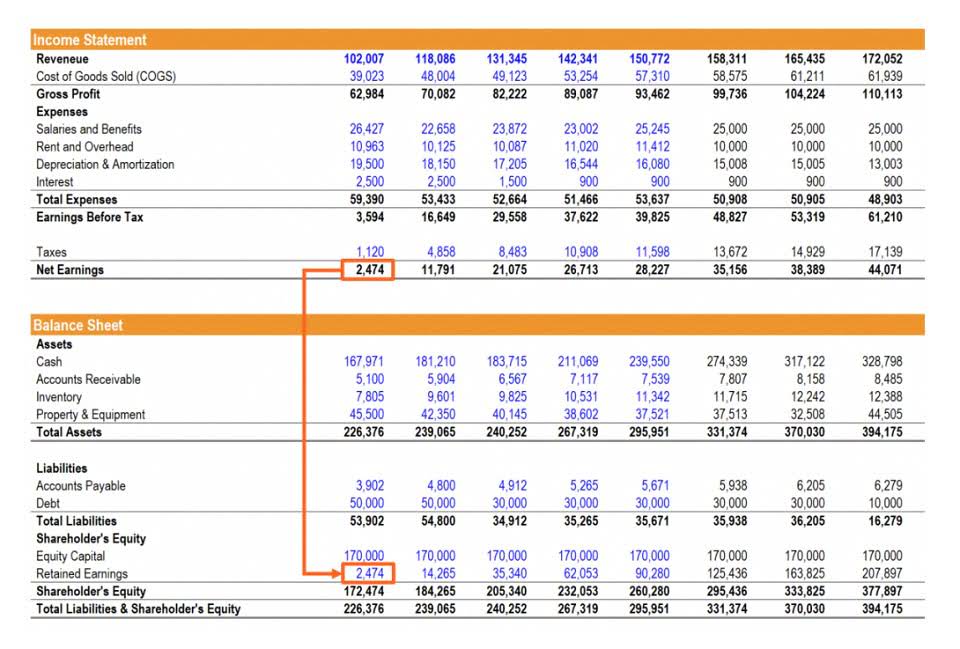
Additionally, organizations can also constantly send reminders to the creditors to ensure that they pay their liabilities on time. These constant reminders might help debtors pay earlier than the agreed-upon date, eventually resulting in a reduction in the cash collection period. Average Collection Period is a metric that spans across a considerable time frame since beginning year balance and ending year balance both are included in the calculation.
How to calculate average collection period
🔎 Another average collection period interpretation is days’ sales in accounts receivable or the average collection period ratio. In the first formula, we first need to determine the accounts receivable turnover ratio. For one thing, to be meaningful, the ratio needs to be interpreted comparatively.
- A company’s average collection period gives an insight into its AR health, credit terms, and cash flow.
- The average collection period is an indicator of the effectiveness of a firm’s AR management practices and is an important metric for companies that rely heavily on receivables for their cash flows.
- Otherwise, it may find itself falling short when it comes to paying its own debts.
- The average collection period is a measure of how efficiently a company manages its accounts receivable.
- Creditors may also follow average collection period data and may even include threshold requirements for maintaining credit terms.
How Can a Company Improve its Average Collection Period?
They provide significant insights into the enterprise’s efficiency in managing a crucial aspect of its working capital – accounts receivable. Or multiply your annual accounts receivable balance by 365 and divide it by your annual net credit sales to calculate your average collection period in days for the entire year. You need to calculate the average accounts receivable and find out the accounts receivables turnover ratio. The average collection period is the timea company’s receivables can be converted to cash. It refers to how quickly the customers who bought goods on credit can pay back the supplier.

Role in Assessing Operational Efficiency

For example, if a company has a collection period of 40 days, it should provide days. Since the company needs to decide how much credit term it should provide, it needs to know its collection period. Monitoring your average collection period regularly can help you spot problem accounts before they become uncollectible. We’ll use the ending A/R balance for our calculations here and assume the number of days in the period is 365 days. Therefore, the working capital metric is considered to be a measure of liquidity risk.
- An average higher than 30 can mean that you’re having trouble collecting your accounts, and it could also indicate trouble with cash flow.
- Knowing your company’s average collection period ratio can help you determine how effective its credit and collection policies are.
- If you have a low average collection period, customers take a shorter time to pay their bills.
- It’s an important component because it shows the liquidity level of a customer’s debts; in other words, it provides insight into how quickly a customer pays back their debt to the company.
- The average collection period metric may also be called the days to sales ratio or the receivable days.
- Since it directly affects the company’s cash flows, it is imperative to monitor the outstanding collection period.
Average Collection Period Calculator
However, as invoices age past 90 days, this cost escalates significantly, reaching $10-$12. By monitoring and improving the ACP, companies can enhance their liquidity, reduce the risk of bad debts, and maintain a healthy financial position. Let’s say that at the beginning of a fiscal year, company ABC had accounts receivable outstanding the formula for average collection period is of $46,000. That means the average accounts receivable for the period came to $51,000 ($102,000 / 2). It also looks at your average across your entire customer base, so it won’t help you spot specific clients that might be at risk of default. You’ll need to monitor your accounts receivable aging report for that level of insight.

This implies that the customer of Higgs Co., on average, take a period of 91.25 days in order to settle their debts. Hence, the Average Collection Period can also be defined as an indicator that reflects the effectiveness, as well as the efficiency of the Account Receivable practices by the https://www.bookstime.com/ company. This is primarily because companies rely significantly on the Accounts Receivables of the company. The average collection period is an important metric to consider when looking at your business. As a business owner, the average collection period figure can tell you a few things.
